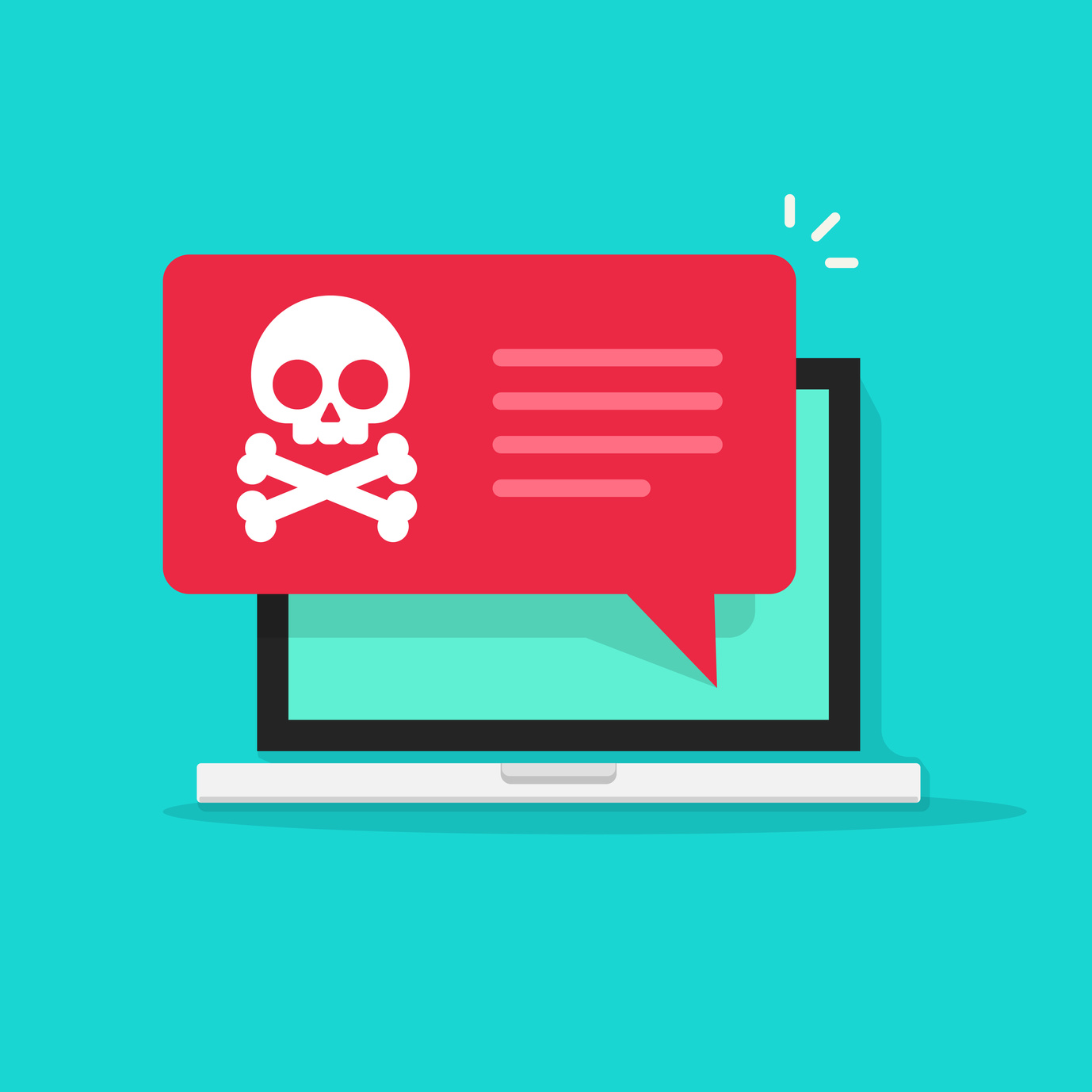In the past, it seemed that only major businesses and corporations had to worry about malware attacks. But today, website malware removal has become a hot button issue for individual website owners and small businesses owners alike.
In today’s online world, malware attacks on websites are becoming more and more common. And, more concerning than that, they are becoming increasingly more sophisticated.
Website Malware Removal
In recent times, business owners have not only had to monitor their website’s performance, they’ve had to become more security savvy too.
Protecting that website against cyber attacks of all kinds is now high up there on the priority list.
A hack or a breach of any kind can have serious consequences for your business.
You can lose days, weeks, months, or even years of work.
And, a malware attack will not only significantly reduce the amount of traffic your website will attract, it will cause considerable damage to your business reputation and your bottom line.
So, faced with the ever-increasing prospect of a malware attack, what can you do to protect your website?
The good news is, you can do quite a lot, and in this article, we’re going to show you how.
Want to ensure that your website is safe and sound? Looking for the best website malware removal advice?
If so, you’ve come to the right place.
Hackers don’t take days off. With the advice we’re about to share, your website won’t either.
Ready to begin?
Great! Let’s get right to it!
Malware Attacks – The Consequences
Before we take a look at how we can protect ourselves against cyber attacks on our websites, it’s important to understand why you should protect your website in the first place.
A malware attack on your website can make you lose traffic almost instantly. If your website is infected, then you’ll be blacklisted by Google or one of the many other malware watchdog sites.
This can be devastating to your business.
Here’s what happens once Google determines that your site is potentially harmful to visitors:
- Your site is flagged
- When users try to click through to your site from a search engine results page, the Google interstitial warning page will come up
- That page will advise the user to visit at their own risk
- Additionally, some users may get other warnings from other web browsers.
One-quarter of sites never get removed from the blacklist, and for the websites that do get removed, it takes an average time of 13 days.
We all know how inconvenient website downtime can be. Can you and your business afford 13 days of negative exposure?
5 Website Malware Removal Tips
1. Your Website Vulnerabilities
One way to remove malware attacks is to protect your site from all possible lines of attack to begin with.
Cyber criminals are very much like a horrible illness; they both attack you at your most vulnerable points.
If there are any vulnerabilities in your website, they’ll attack these first. As a result, it’s important to identify your vulnerabilities ahead of time.
Website Vulnerabilities
Many website owners want to create as engaging an experience as possible for the user. But, the more feature rich and complex your website is, the more vulnerable it is to attack.
Securing your web applications is a vital step to protect your site from malware attacks.
Server Vulnerabilities
It’s also important to make sure that the server you use has adequate protection against cyber attacks.
If your server has vulnerabilities, they will be exploited to the full.
2. Sucuri
As well as ensuring that your obvious vulnerabilities are taken care of, there is an impressive range of security options available, all aimed at protecting your website from attack.
Sucuri is one such option, and it’s one of the most popular choices for business owners.
Sucuri offers a layered approach to website security and includes the following:
- Website Application Firewall (WAF)
- Intrusion Prevention System (IPS)
- Continuous website security monitoring
- Incident response team available 24/7/365.
Not only will it clean your hacked site, it will stop attacks before they ever happen.
3. WordFence
One of the most popular security options for people with a WordPress website is the WordFence plugin.
If you have been subject to an attack and need website malware removal, WordFence will clean your site and restore it back to its former glory.
Whether your site has or hasn’t been attacked, installing WordFence offers the following:
- Protection against any malicious code and malware links in your posts, pages, comments and source code
- Continuous analyses of the latest threats to your system
- Monitoring of the newest firewall rules, malware signatures, and malicious IP addresses
- A web application firewall, a malware scanner, and other tools to secure your site.
4. Stop the Hacker
Another impressive security offering comes from Stop the Hacker
These guys take securing your website incredibly seriously, and they boast a variety of important services that will help to keep your website safe.
Here are some of the services they offer:
- Detection of malware, even the ones that antivirus services miss
- Automatic Cleanup if malware is detected
- Blacklist Monitoring
- Reputation Monitoring
- Looking for and finding your security vulnerabilities
Another important feature of note here is the presence of artificial intelligence within the security technology itself. This means that new strains of malware will be monitored constantly.
5. SiteLock
With cyber attacks evolving each day, SiteLock offers complete cloud-based website protection, promising to find, fix and prevent your website from malware attacks.
Among the many security features offered by SiteLock, some of the more impressive include the following:
- SiteLock has a SMART scanning feature that identifies and removes malware automatically
- It has a web application firewall which blocks backdoor access and mitigates attacks. This puts a secure barrier between your important data and cyber criminals
- It offers a TrueSpeed content delivery network. This means that latency becomes a non-issue, accelerating your website so you don’t have to sacrifice speed and customer satisfaction for added security benefits.
Website Malware Removal and Your Business
But, a malware attack is something that happens to other businesses, right?
Surely it won’t happen to you?
Sadly, the reality is stark. If your website has any hint of vulnerability, you and your business are at grave risk.
If your website is vulnerable to attack, the chances are that a malware attack will find you.
So, what’s the best thing to do?
Take the necessary steps, keep your site off Google’s blacklist, and protect your website from a crippling attack.
Your business and your bottom line will thank you.
Got any tech questions or need some advice? Don’t be shy, get in touch!




